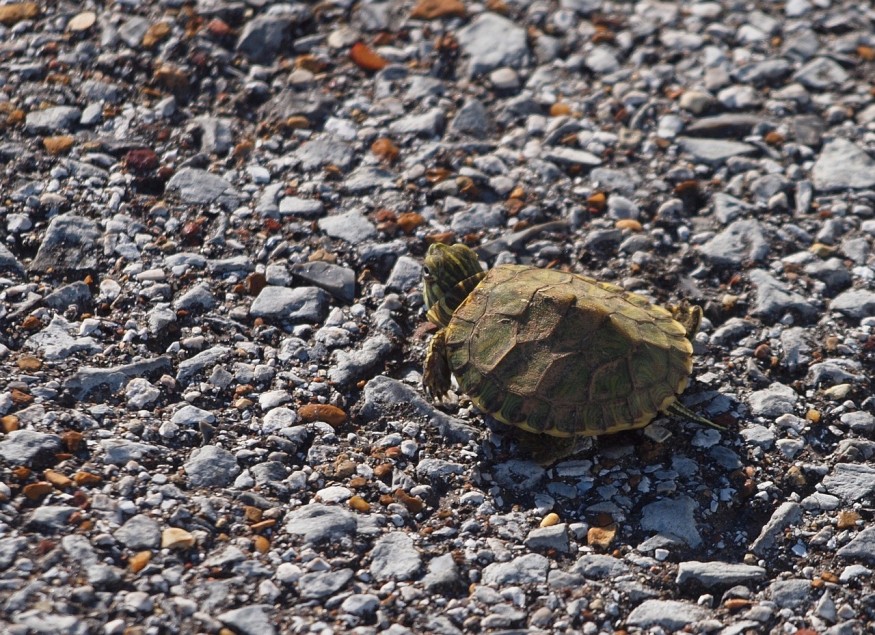The evolution of life on Earth underwent more complex chemical and biological processes than previously thought. For centuries, scientists have been determining how all living organisms emerged and evolved from a once violent Earth.
This train of thought had been ongoing until the naturalist Charles Darwin proposed the theory of evolution and the notion of "survival of the fittest."
Despite the scientific community's improved understanding of evolution, evolutionary biologists are still on the quest to find other factors that contributed to the evolution of animals and plants a hundred million years ago. One such unprecedented factor is geology, based on a recent study by an international team of researchers.
The researchers assert that the answer lies in Earth's interior, wherein the tectonic plate movement influenced intermittent cycles of explosive evolution. These new findings suggest that the interior dynamics of our planet also led to sea level change, allowing some ancient life forms to thrive in their environment, while others were not able to.
Explosive Evolution

In the study published in the journal Proceedings of the National Academy of Sciences on July 10, the research team from France, Australia, Switzerland, and the United States explored the area of explosive evolution concerning marine fossil diversity cycles, tens of millions of years ago. The team pointed out long-term marine life was caused by global sea-level cycles driven by geological dynamics.
The team asserts that biotic diversity or outbursts of evolution increased during quasi-cyclical continental flooding on land and retreat of the ocean. This process allowed the expansion and contraction of ecosystems on shelves and inland seas. The new research estimates the sea level change phenomenon caused by Earth's tectonic plate movement occurs over cycles of 36 million years.
The study allows scientists to consider other factors that influenced evolution, other than chemical and biological factors, as mentioned earlier.
Also Read: Rapid Plant Evolution in Response to Climate Change
Tectonic Plate Movement
The theory of plate tectonics is a widely accepted notion by scientists today, which explains the movement of the Earth's crust, wherein continental landmasses and ocean floors are connected. The broken individual pieces of these chunks of solid mass are called tectonic plates, according to the University of Hawaii.
In relation to the new paper, tectonic plates, and their clashing with one another are long thought to be the main causes of earthquakes and volcanic eruptions. Now, the new discovery that a significant force from these movements can change the marine environment and even influence evolution of life, but can only be observed in long periods.
The study's co-author Dietmar Muller, from the University of Sydney, stated that the tectonic-related 36-million-year cycle involves changes between "faster and slower seafloor spreading," leading to changes in ocean basins and water transfer into deep Earth, as cited by Newsweek.
Aside from the mentioned factors of evolution, previous studies have also linked oxygen and climatic conditions to the proliferation and evolution of early life on our planet, even billions of years ago.
© 2025 NatureWorldNews.com All rights reserved. Do not reproduce without permission.





